Kimball WWI Memorial
Introduction
Text-to-speech Audio
Images
Kimball World War I Memorial
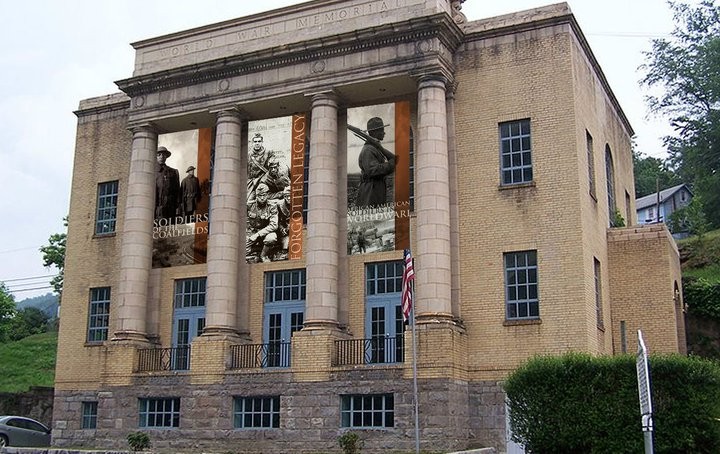
Plaque outside the WWI Memorial
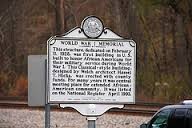
African American coal miners in McDowell County. Courtesy of http://forgottenlegacywwi.org/
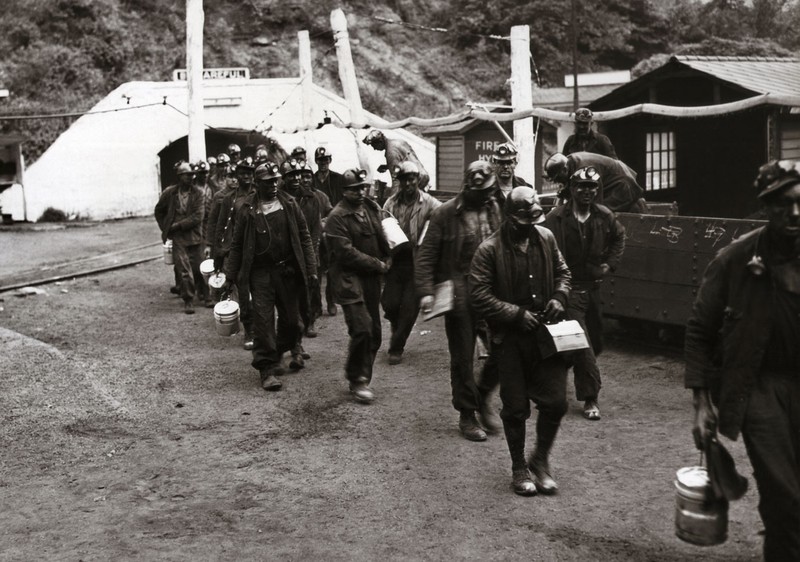
African American soldiers courtest of http://forgottenlegacywwi.org/
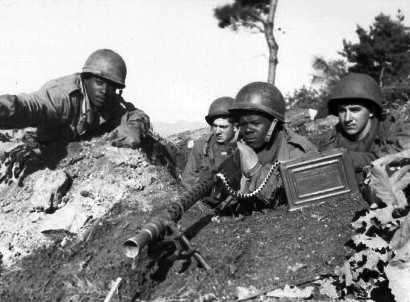
Immigrants and African American miners worked side by side and were treated as equals in the Pocahontas coal fields.
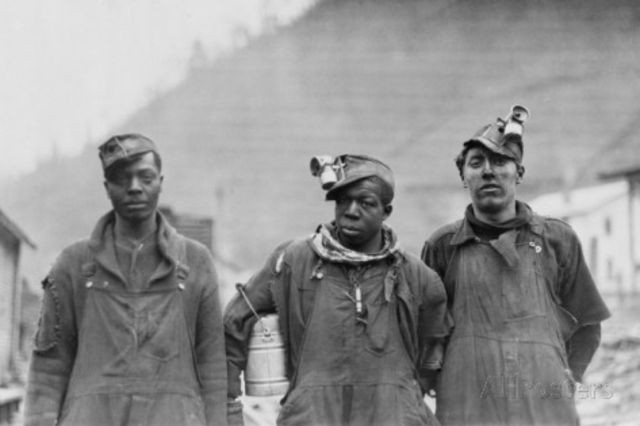
African American World War I veterans from McDowell County, WV. Photo courtesy of Reed College, WVU.
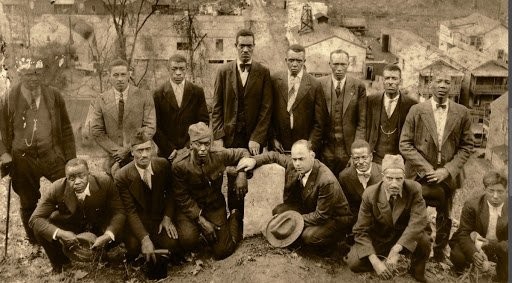
Backstory and Context
Text-to-speech Audio
Before the coal industry entered the coalfields of southern West Virginia, the area of McDowell County was sparsely populated and was only inhabited by few farmers. Coal operators noticed the value in the once inaccessible land and organized landholding companies and installed railroads. Many mines opened in McDowell County after the railroad was completed through Flat Top Mountain. As the coal industry expanded in McDowell County, the population rose from 8,515 in 1880 to 30,000 in 1910. In the developing years of the coal industry in southern West Virginia, the local population was enough to sustain the labor needed to mine and operate the coal, however, the industry grew at such a rapid pace that mine operators were forced to seek laborers from the neighboring states and as far as Italy, Hungary, Czechoslovakia, Poland, and Russia.
African American coal miners were recruited from the southern states during this influx of laborers, however, this was not the first time their labor helped develop an industry in southern West Virginia. In the 1850s, African American laborers mined coal in the Kanawha Valley and assisted in constructing the railroad throughout the region. In 1907, 35% of the laborers in the Pocahontas coalfield were African American, and in 1920, 43% of all recorded African American miners were employed in West Virginia. McDowell County had the largest concentration of African American miners in the entire Appalachian region. It was in this industry in southern West Virginia that African Americans, European immigrants, and natives lived and worked in the same environment, and it was reported that African American miners were paid an equal wage for equal work amongst their white coworkers.
During World War I, 1,500 African American citizens represented McDowell County and fought in the war. In the early 1920s, a World War I memorial building was established in Welch, the county seat, using county funds. The African American citizens of McDowell County petitioned for a building to commemorate the African American veterans and the county court-approved and appropriated $25,000 for the construction of the building. The McDowell County commission hired Welch architect, Hassel T. Hicks to design the structure. The Kimball War Memorial was opened and dedicated on February 11th, 1928. It is reported that this structure was the first in the nation to be dedicated to the efforts of African American soldiers. Captain G.E. Ferguson, a Charleston native, and the only Black captain from West Virginia to serve in World War I gave the address.
“Captain Ferguson referenced the memorial building in his address and assigned each column a symbolic meaning. The pillar faith, he claimed, represents faith in our country and its institutions; the pillar hope stands for the hope that injustices will cease; another column represents charity; and the service column should remind everyone of their obligation to their community, county, state, and nation.”
The Kimball War Memorial Building housed many functions and was a hub for the African American community in McDowell County. The American Legion Post was housed in the building and was named after Luther Patterson, the first African American soldier from McDowell County to die in combat during World War I. The original building had a kitchen, a trophy room, an auditorium with a stage, meeting rooms and a library. The War Memorial was the focal point of the community hosting community meetings, high school proms, wedding receptions and a performance by Cab Calloway.
The falter of the coal industry in McDowell county resulted in a population decrease, along with the deterioration of the War Memorial building. After a fire in 1991, the memorial was left in ruins and only an outer shell of the once-grand building remained.
There were many local efforts to restore the building to what it once was, and in 1993 the War Memorial was placed on the National Register of Historic Places. With continued efforts to obtain funds for restoration, the War Memorial was restored in the early 2000s. The new architect for the building was Ralph Peterson, and with having the old blueprints he tried to keep the restoration like the old building while updating it as well. The three-story building is now open with an exhibit put together by students at West Virginia University on the second floor, a kitchen on the first floor, and a small auditorium on the third floor. The building is available for tours and has many opportunities for scheduled events, and the staff loves to have visitors!
Cite This Entry
Gentry-Vance, Anne Marie et. al. "Kimball WWI Memorial." Clio: Your Guide to History. October 1, 2020. Accessed April 6, 2025. https://theclio.com/tour/2416/20
Sources
1. NRHP Nomination Form. Accessed May 23, 2017. https://npgallery.nps.gov/GetAsset/41421950-541c-4254-b63c-12381fe939da.
Stafford, Margo "Kimball War Memorial." e-WV: The West Virginia Encyclopedia. 01 February 2013. Web. 22 May 2017.
McDowell County History. Fort Worth, Texas. University Supply & Equipment Company.
Torok, George D,. A Guide to Historic Coal Towns of the Big Sandy River Valley. Knoxville, TN. University of Tennessee, 2004.

